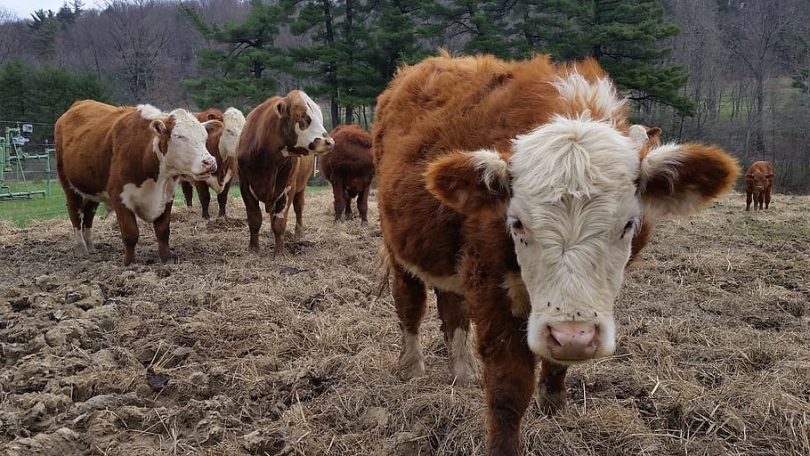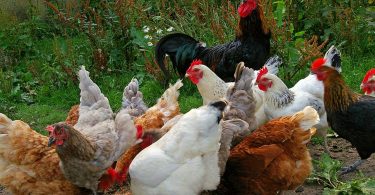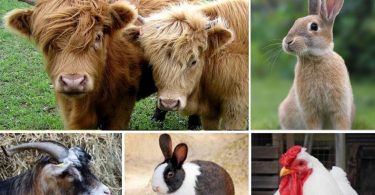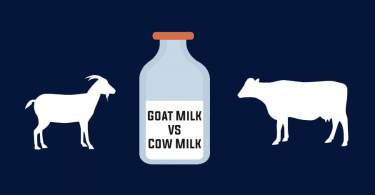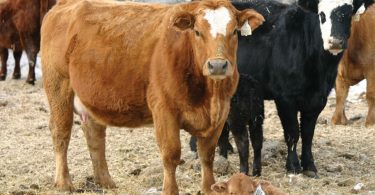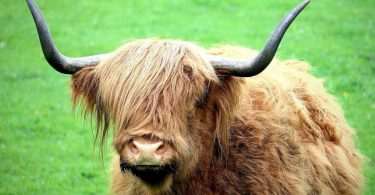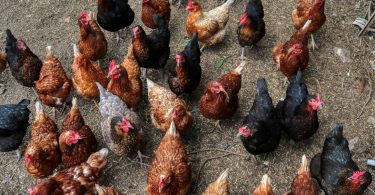In Countries where there is lots of land and lack of food, starting a cattle breeding business can be a good way to enter a highly profitable market. It is important to invest in the production of high quality meat that is better suited for both local and international markets. Before start farming cattle:
Make sure you have:
- a big enough area where to keep the animals
- your favourite cattle breed
- fences
- feeding troughs
- farm equipment
- possibly a tractor
Step 1 : Gain First-Hand Experience
Experience working with cattle is necessary for starting a business in this field. Many prospective cattle farmers grow up on a farm and gain valuable experience working with livestock, including cattle. Others rely on learning through farmhand jobs, where they assist with daily cattle activities like milking, feeding and cleaning stables. There are also programs designed for young people interested in farming careers, such as the National Future Farmers of America (FFA).
Success Tips:
- Consider a degree in agricultural science. Post-secondary education allows farmers to get skills in both the business and livestock elements of cattle farming. Associate’s and bachelor’s degree programs in agriculture focus on topics such as animal husbandry, nutrition and basic veterinary science, as well as pesticide and hormone use in cattle. Additionally, programs in this field typically offer coursework in farm management, agronomy (the economics of using plants and animals as products), dairy science, agricultural economics and business. Animal science or dairy science are other majors to consider.
- Seek voluntary accreditation. The American Society of Farm Managers and Rural Appraisers (ASFMRA) offers farm manager accreditation, showing commitment to effective and ethical farming methods. Accreditation requires a bachelor’s degree and four years of experience.
Step 2 : Choose the Type of Cattle Farm
Dairy products and beef are the two main types of cattle farming. Choosing which to pursue will determine the type of skills, training, equipment, animals and assistance that will be needed. Cattle breeds, location, weather, soil-type and other environmental factors figure greatly into the equation. For instance, dairy farmers must choose cows that are bred to produce large quantities of milk. Other considerations are grazing terrain and types of grass for cattle to eat. Cattle raised for food production must meet specific government requirements regarding health care, vaccinations and feed additives.
Step 3 : Develop a Business Plan
To qualify for financing and government assistance programs, cattle farmers usually need to present a business plan. This contains a variety of farm-related information, such as projected expenses and income, cattle market worth, livestock inventory and net worth. The United States Department of Agriculture (USDA) and many agricultural colleges offer free help for farmers who are developing business plans, including worksheets, planners, advice and small business tools.
Step 4 : Research Agricultural Assistance Programs
Government assistance is often available to cattle and dairy farmers who meet certain qualifications. A wide array of programs is available at the state and federal level, from start-up loans to market promotion. The USDA Farm Service Agency offers a variety of programs designed specifically for farmers, such as disaster assistance, farm resale opportunities, price supports and market loss assistance. However, the BLS predicts a steep decline in job growth for farmers between 2012-2022. For general assistance and help getting started, the National Institute of Food and Agriculture has created the Beginning Farmer and Rancher Development Program to help fund new, smaller farmers facing competition from agricultural conglomerates.
Source : https://study.com/articles/Become_a_Cattle_Farmer_Step-by-Step_Career_Guide.html
